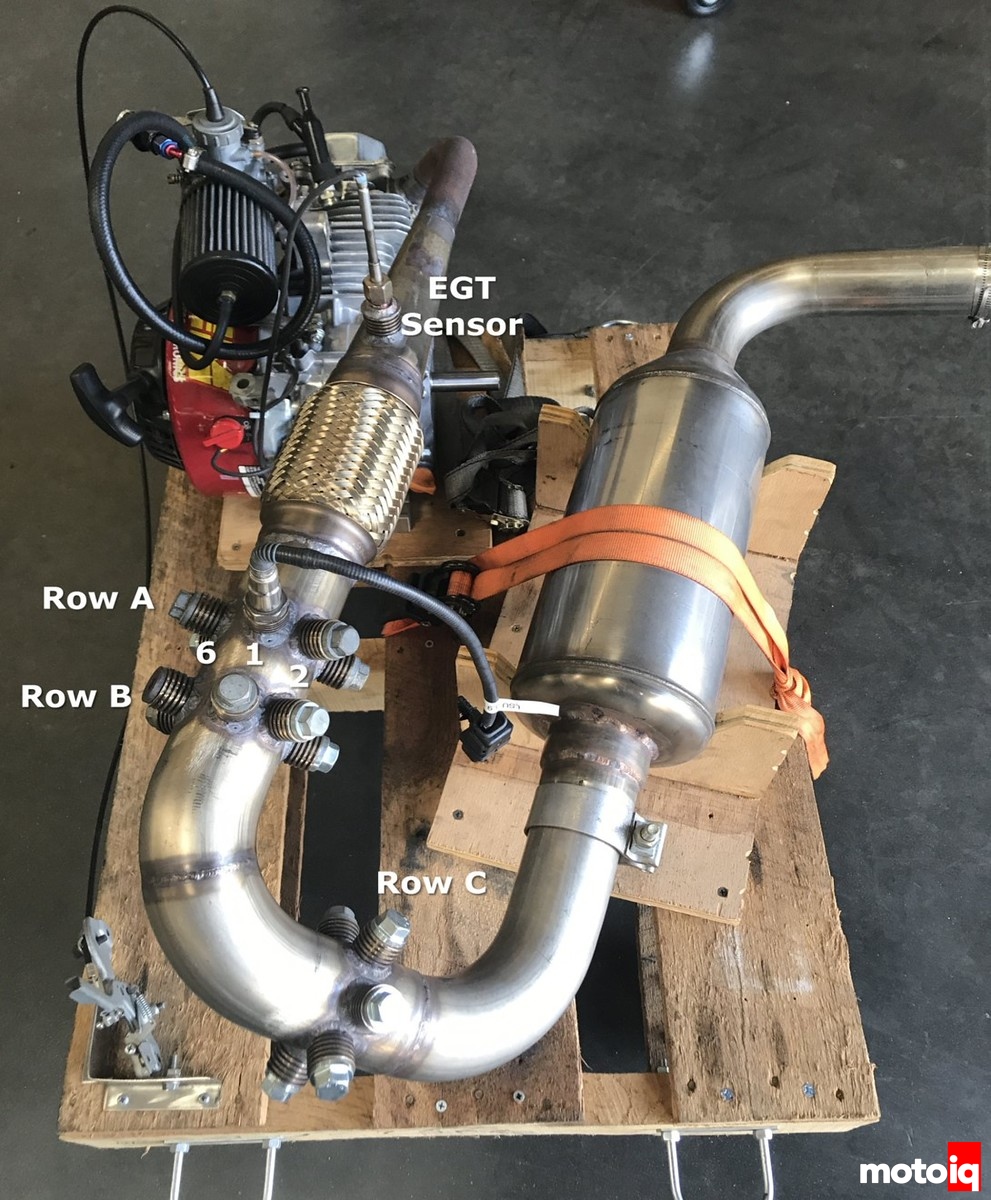
For many years, the industry standard sensor for consumer-grade wide-band fuel/air ratio meters has been the Bosch LSU 4.9 Sensor. This was for a good reason, the LSU sensor is relatively inexpensive, robust, has a heater, reasonable response time, and accurate. Some of the LSU’s downsides are that the sensor is sensitive to contamination from lead and other additives found in racing fuel, and although the response time is good, faster is better, especially when tuning and logging transients when tuning for racing and other areas where precision is needed.
Well, AEM Electronics has greatly improved the wide band sensing game while maintaining a consumer-friendly price point by incorporating an FAE planer oxygen sensor into their wideband gauges and stand-alone widebands for ECUs and data loggers. Planer oxygen sensors warm up faster, respond faster, and are less sensitive to fuel additive contamination than the industry standard Bosch LSU 4.9 sensor while still maintaining great affordability. Here is how AEM validated the sensor and tested it for contamination sensitivity. When you go over the data, you will also be convinced that the FAE sensor is the way to go.

AEM built this test rig to test the new FAE sensors by comparing them directly to Bosch LSU sensors at the same time under the same conditions. The exhaust gas for the test rig was generated by a small 4-stroke industrial engine. There are arrays for three rows of sensors, A and B that are close to the engine and C, further back. Row C was not used for this testing. The rows were populated by the FAE sensors accompanied by Bosch LSU sensors that served as a control. The sensors were staggered differently in each row to rule out position sensitivity. Exhaust gas EGT was monitored and logged slightly upstream of the sensors. The engine was fueled with leaded race gas and ran nonstop until the sensors failed.
For testing transient response the engine carburetor could be throttled via a switched linkage which allowed the sensors response time to be observed via data logging.
We wrote an extensive article on how a wide band O2 sensor works here which makes good reading to accompany this article. The new FAE sensors are different from the LSU thimble-style sensor in that they use a thin, narrow profile multi-layer sensing element with a full-length internal heating element, versus the old-style ceramic thimble with a large sensing chamber and an external heater. The thinness and multi-layer nature of the sensing element make the sensor have less thermal mass and more cell exposure. This makes it faster reacting and less sensitive to lead or other fuel additive contamination. The internal heater also makes the FAE sensor faster acting in cold start and be less sensitive to temperature fluctuation.
With leaded fuel, the ceramic thimble, which must remain porous, tends to clog quickly, preventing effective sampling gas exchange. The FAE sensor layers are less clog-prone.

With the sensor arrays populated as such, the sensors were run to failure. The sensors were alternated by Bosch and FAE to rule out any effects of sensor orientation in the exhaust stream. As you can see in the data, in all cases but one, the FAE sensors survived much longer than the LSU sensors.

In bar graph form, you can see that the FAE sensors greatly outperformed the Bosch sensors except for the one outlier FAE sensor that failed early. Even that poorly performing FAE sensor failed at about the median time to failure of the Bosch control units.




1 comment
Oh interesting; I know how fiddly component level testing can get, but that looks like a reasonable test setup for what they’re validating there. I wonder about high EGT lifespan but that’s my rotary emphasis. Great to see more options than just the Bosch standbys!